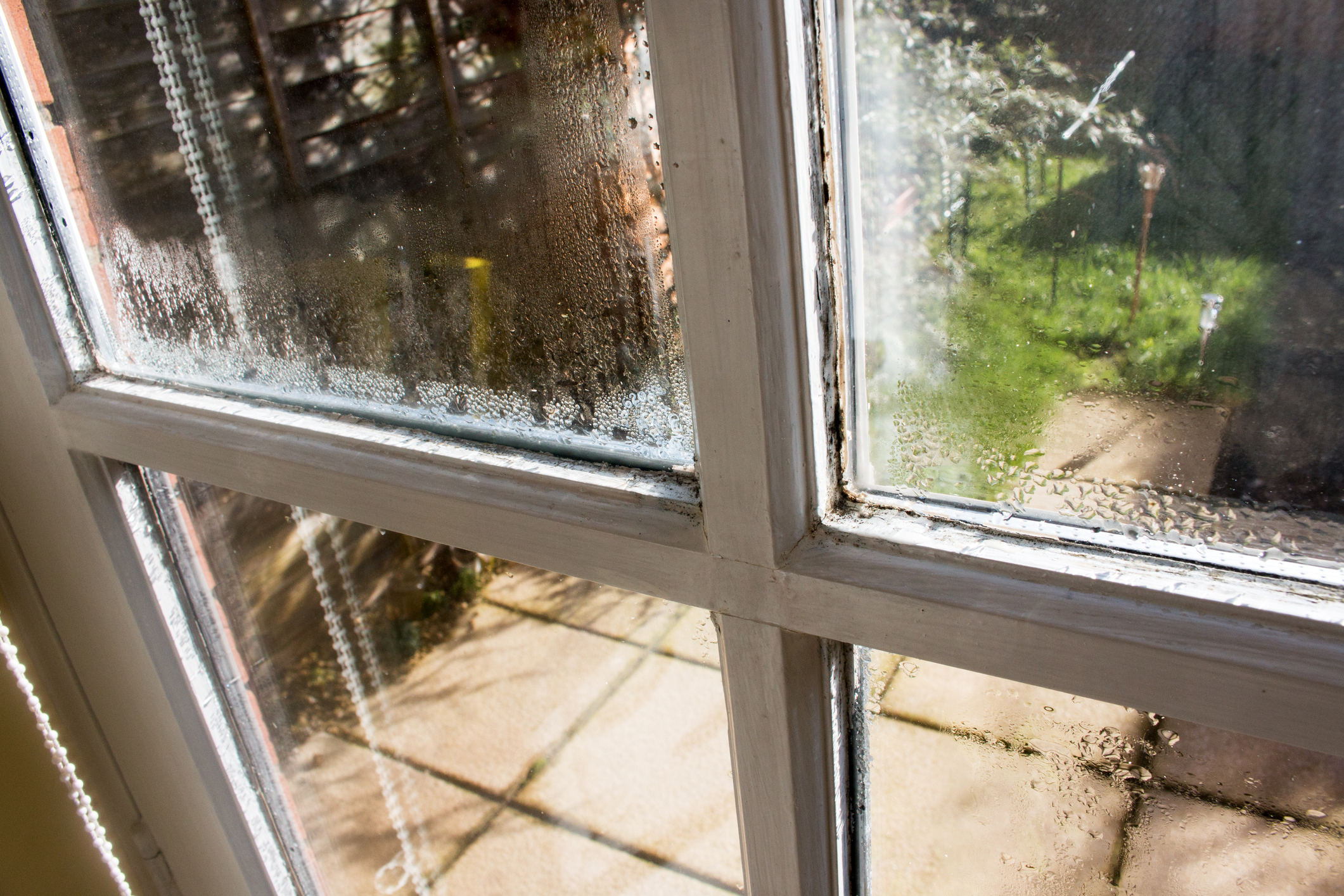Homeowners are so caught up in sealing homes for the sake of energy efficiency, it’s easy to forget that a house needs to breathe. Without proper ventilation, moisture and pollutants, such as mold and mildew, can build up and eventually cause an assortment of problems.
What is ventilation?
The goal of ventilation is to provide a continuous flow of fresh air into your home. This influx also helps push stale, contaminated air out of your living spaces, improving indoor air quality. We have been installing ventilation systems in new modern homes for close to 30 years.
What happens when ventilation is lacking?
When air isn’t allowed to move freely in and out of your home, allergens and other contaminants, such as cooking grease or chemical residue from household cleaners, become trapped. These can negatively affect the respiratory health of your family.
The problem becomes even more dangerous during the winter months when heaters and fireplaces are in use. The resulting carbon monoxide can build up quickly in an airtight home, and its consumption can be deadly to household occupants who are overexposed. A blower door test will help to determine how tight your house is and why. RISE is the company to call to have your home tested.
Where should ventilation take place?
An exhaust fan in the bathroom and a range hood in the kitchen — both vented outdoors, not into the attic — may be enough to minimize moisture buildup and prevent mold and mildew in these rooms. But to ensure proper ventilation throughout the home, you need a whole-house ventilation system. There are four basic types — balanced, exhaust, supply and energy recovery — and they all work to improve the air quality in every area of the house.

